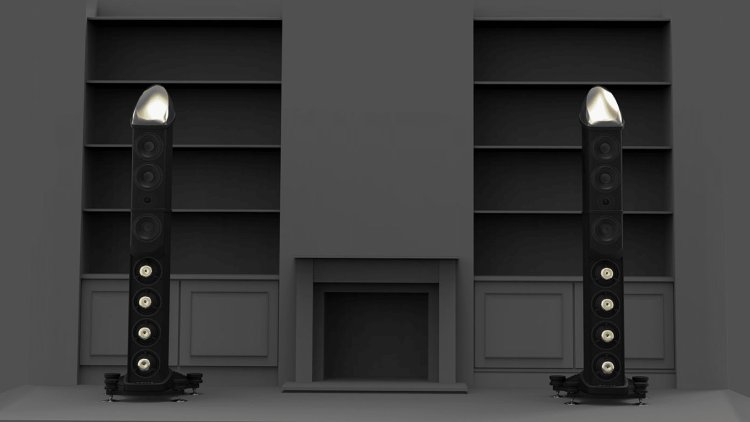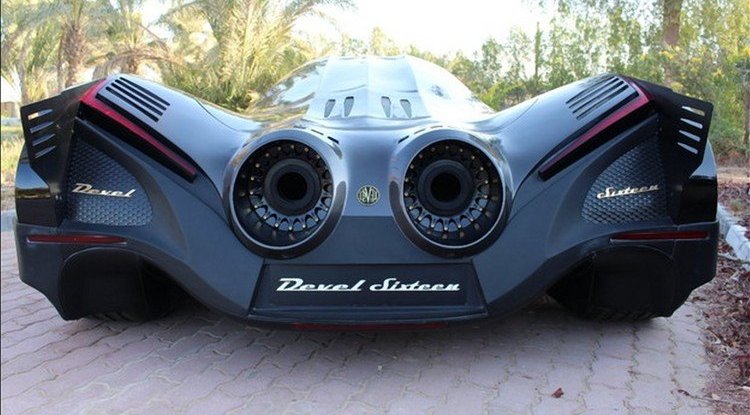Wilson Benesch Fibonacci Loudspeakers

Wilson Benesch, which is still a family business today, began in the late 1980s with a record player that included a groundbreaking carbon tonearm, and a few years later, with the ACT One floor-standing loudspeakers, for the first time introduced the composite material known from aerospace and racing into housing construction and other loudspeaker parts.
Materials research is one of the company's pillars, and it has always collaborated extensively with universities and other research institutions.
Wilson Benesch manufactures nearly all of the basic components for its loudspeakers in its own facilities in Sheffield. There are few high-end hi-fi firms with the same level of development and manufacturing competence.
As predicted, this is represented in the new Wilson Benesch Fibonacci reference speaker series, which Luke Milnes, son of business founder Craig and his wife Christina Milnes, showed to the German trade press.
The event was held on the premises of the merchant Fidelity HiFi & High End in Rellingen, just outside of Hamburg. The event was organized by IAD, the new German Wilson Benesch distributor.
The rationale for the name "Fibonacci" becomes obvious only when you look closely at the noble speakers. For example, while the top model called Eminence appears to be very similar to its predecessor at first glance, significant advancements may be discovered in various detailed solutions, both inside and out.
First and foremost, there is this bizarre "grid" around the tweeter and inside the other membranes, which is ordinarily where the so-called dust cover would be.
These sections are composed of carbon fiber and polymer composite – how could it not be? – have a structure with apertures that extend outwards in natural order, as described in the mathematical Fibonacci sequence.
The name puzzle has been solved. While the grid around the tweeter is designed primarily to reduce housing reflections around the driver, the grid pattern utilized as a dust protection cap on the big membranes has both stiffness and dampening effects.
Another tuning device is concealed underneath the tweeter in the enclosure. Specifically, a chamber that was painstakingly created utilizing the "bio-composite" technology in order to reduce the dome's rear sound component. A similar technique to KEF's "Meta-Material" in its latest speakers, but with an entirely different geometric design.
On the tweeter, there are even more specific solutions. At frequencies between approximately 18 and 22 kHz at the dome apex, a standard soft dome collapses significantly.
Due to sound issues, Wilson Benesch did not want to utilize standard coatings or even hard dome tweeters for reinforcement, therefore a simple yet efficient alternative was designed.
A tiny strip of carbon fiber, perfectly matched in size and weight, is cemented in as support on the interior. This increases the weight and moving mass insignificantly, but effectively prevents the dome's acoustically damaging "roof damage" at high frequencies. Last but not least, the all-new Tactic 3.0 tweeter features a decoupled and exceptionally powerful magnet driving mechanism.
Another fantastic feature is the lack of a crossover branch for the midrange driver. The Fibonacci series' midrange driver is linked straight to the amplifier, with no crossover.
To make this happen, the complicated and super-strong magnet system driver had to be designed in such a way that it had a natural roll-off up and down in the right frequency range.
All other drivers in the top model Eminence, including those employed upside down according to the Isobarik principle and typical Wilson-Benesch, have their unique tuning to optimize for their individual area of application. According to Luke Milnes, this endeavor would be impossible if drivers were purchased from vendors.





























